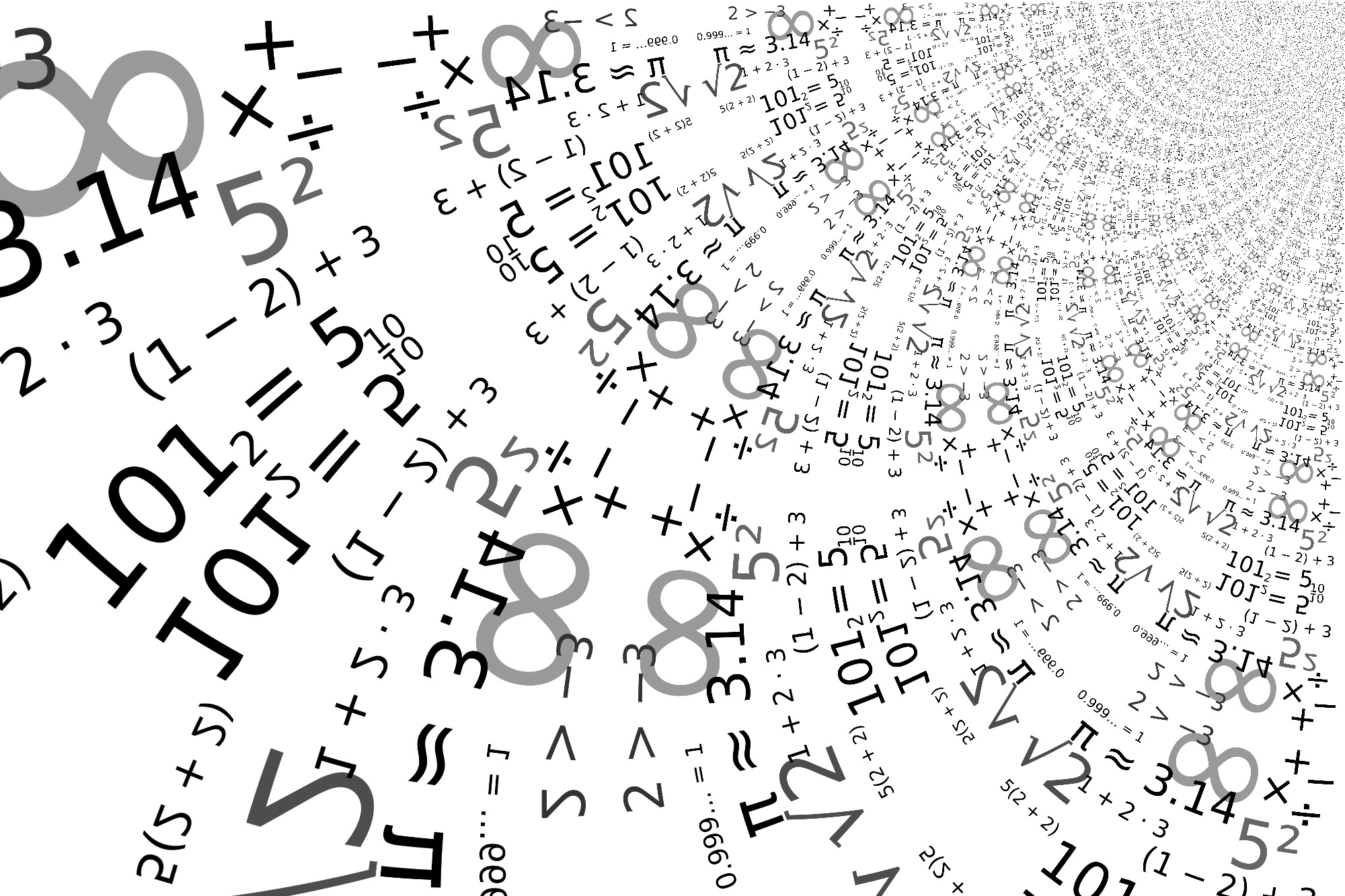By Aiden Suter, The University of Queensland
As we grow, we become familiar with many types of numbers ranging from fractions to irrational numbers such as π. The first type of numbers we encounter are the numbers we learn to count with; 0, 1, 2, 3, 4 and so on. These numbers are known as natural numbers and are denoted in mathematics by the symbol ℕ. From this set of numbers, mathematicians have extended and generalised the concept of numbers vastly. But what exactly are the natural numbers we begin with?
19th century mathematician, Giuseppe Peano, answered this question mathematically and hence set the foundations for an area of mathematics known as ‘axiomatic set theory’. Peano developed a list of nine axioms defining the natural numbers which became known as a Peano system. Axioms are statements which are taken to be true. In this case, if a set of abstract mathematical objects satisfies the set of statements, or axioms, which Peano defined then that set of objects forms a Peano system.
So what were the axioms Peano used to define the concept of the natural numbers? When you intuitively think about the properties of the natural numbers, several key notions come to mind – there is a lowest number “0”; each number has another after it and that numbers may he considered equal or not equal. Peano’s first axiom simply states that 0 is a natural number, giving us the first notion.
The next four axioms define what it means for two natural numbers to be equal, we will leave the details out, but for anyone curious these four properties are known as ‘reflexivity’, ‘symmetry’, ‘transitivity’ and ‘closure’.
The next axiom addresses what it means for each natural number to have a successive number after it. The axiom defines a ‘successor’ function denoted by ‘S’ such that for any natural number ‘n’, S(n) is also a natural number. What this is saying is simply that every number has a number after it.
The seventh axiom states that if we have that if two natural numbers “a” and “b” are equal, then the number after each of them are also equal. Stated mathematically, that is if a=b, then S(a)=S(b).
The next axiom simply states that 0 is not after any natural number (remember the natural numbers do not include negative numbers!).
The final axiom is probably the trickiest to understand, but also the most interesting. It states that if 0 is in a set and so is the next successive number to any number in the set, then so are all the natural numbers. Intuitively, it can be thought of like dominos – if you have the first domino fall then all of the dominos will fall.
Any set of objects which satisfies these nine axioms is indeed equivalent to our natural numbers. This fundamental definition lead to many interesting breakthroughs in mathematics and changed the way we viewed numbers forever.
Aiden Suter was one of the recipients of a 2015/16 AMSI Vacation Research Scholarship.

